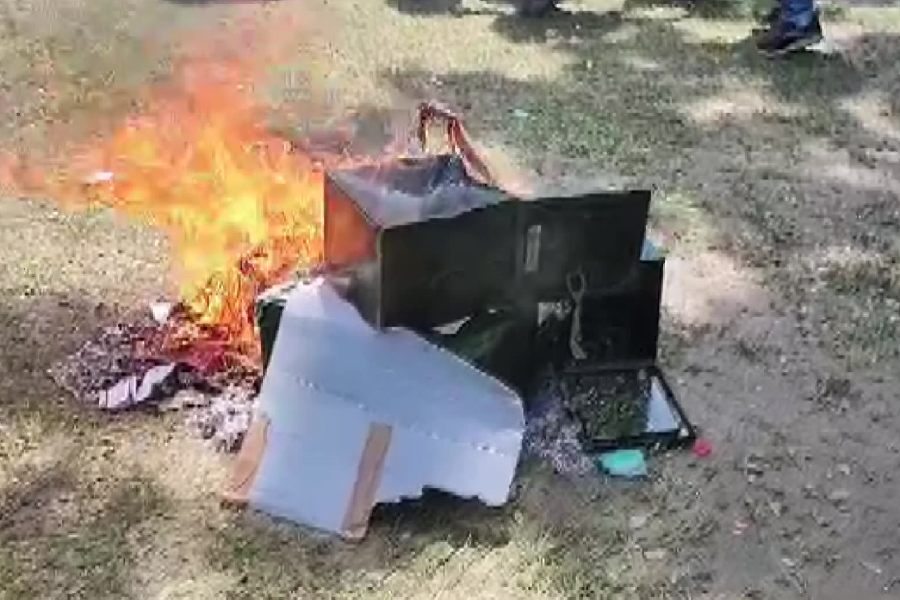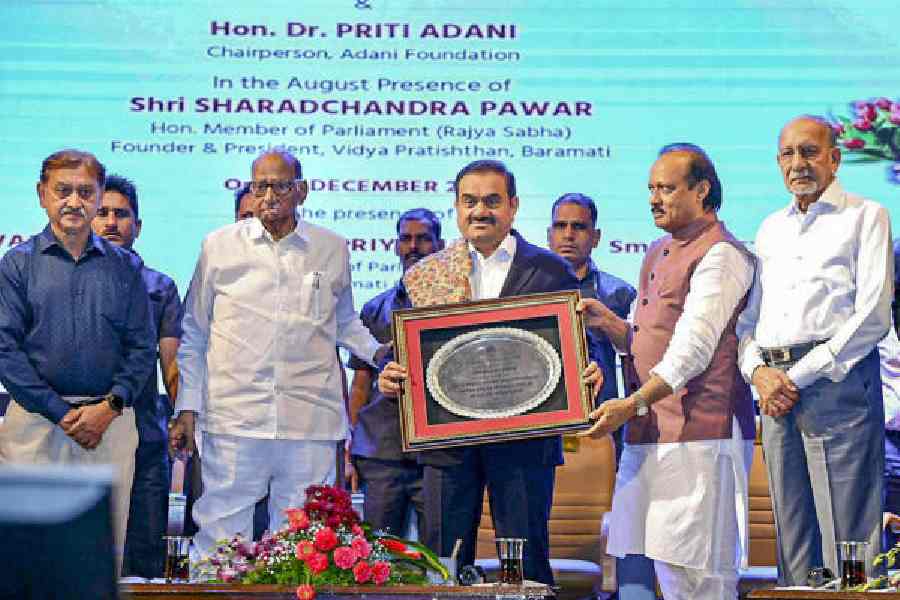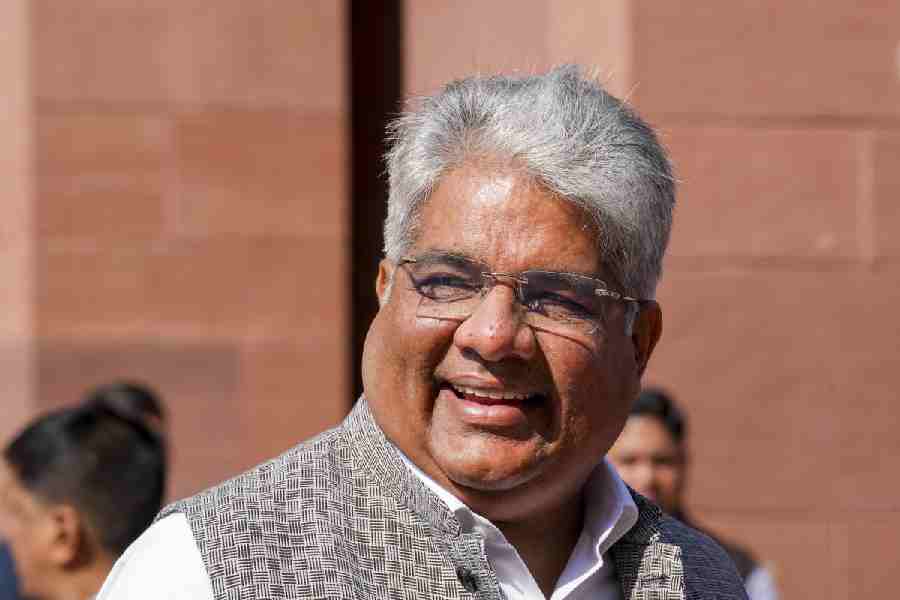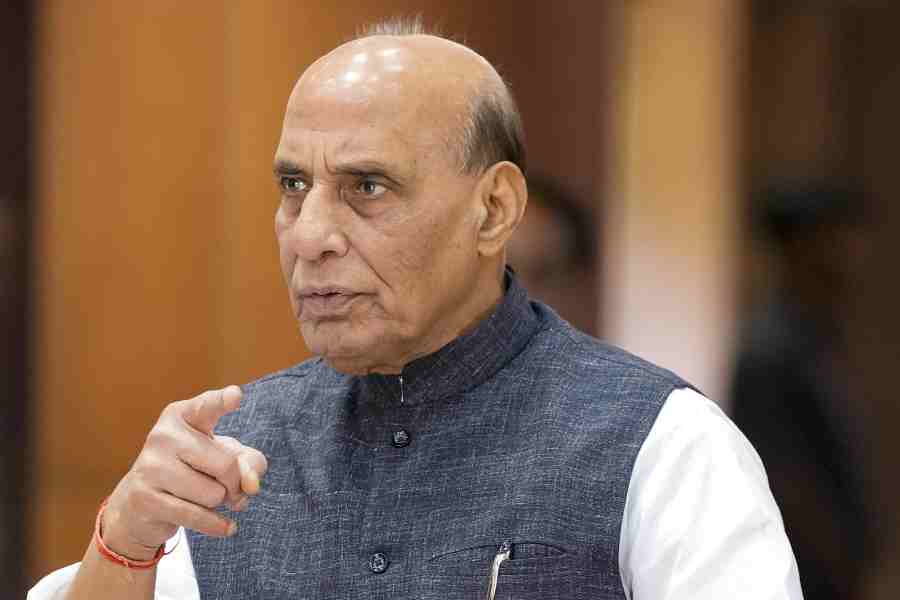That repolling in around 700 booths in Bengal’s panchayat elections took place relatively peacefully should not deflect public attention from the state’s proverbial Achilles heel: electoral violence. The spectre has unfailingly smeared electoral contests, including this edition of the panchayat polls. A total of 43 lives — a conservative estimate? — was lost till Monday morning since the day the elections were announced. On Saturday, the day of the contest, there were numerous complaints of violence as well as electoral malpractices, forcing the State Election Commission to order repolls in 696 polling booths — the figure was 568 in the polls of 2018. Even the deployment of Central forces — this would not have been possible without the nudge of the courts — could not prevent the bloodshed that has afflicted the political parties, including the ruling Trinamul Congress, in the fray. The blame game is illustrative. A Border Security Force official has alleged that the BSF coordinator did not receive the list of sensitive booths from the SEC despite sending several reminders. The SEC has, predictably, demurred. The outcome — death and violence — is something that Bengal has witnessed repeatedly.
Procedural bungling that led to the ineffective mobilisation of Central forces is, however, not the principal cause of the bloodshed. The real factor is the complicity of political parties. Each of them — ruler and ruled — has blood on its hands. The chief intention, of course, is to establish a culture of hegemony which, it must be noted, goes against the democratic ethos. It is not as if the electorate hesitates to punish the perpetrators. The panchayat elections of 2018 had witnessed violence that was disproportionate: on that occasion, the TMC had cracked the whip overwhelmingly. The following year, in the Lok Sabha elections, the TMC returned with fewer seats as a result of the voters’ disaffection with the party’s conduct in the panchayat battle a year earlier. Yet, the predilection for thuggishness continues among all parties. Of course, the criminalisation of politics in India is not limited to Bengal: data bear evidence of its ubiquitousness. A complex web of structural conditions, ranging from corruption to political patronage for criminals to the public endorsement of the amoral to the desire for electoral hegemony, among other factors, is responsible for this deterioration. Lives will continue to be lost at the altar of democracy unless the causal factors are addressed.










